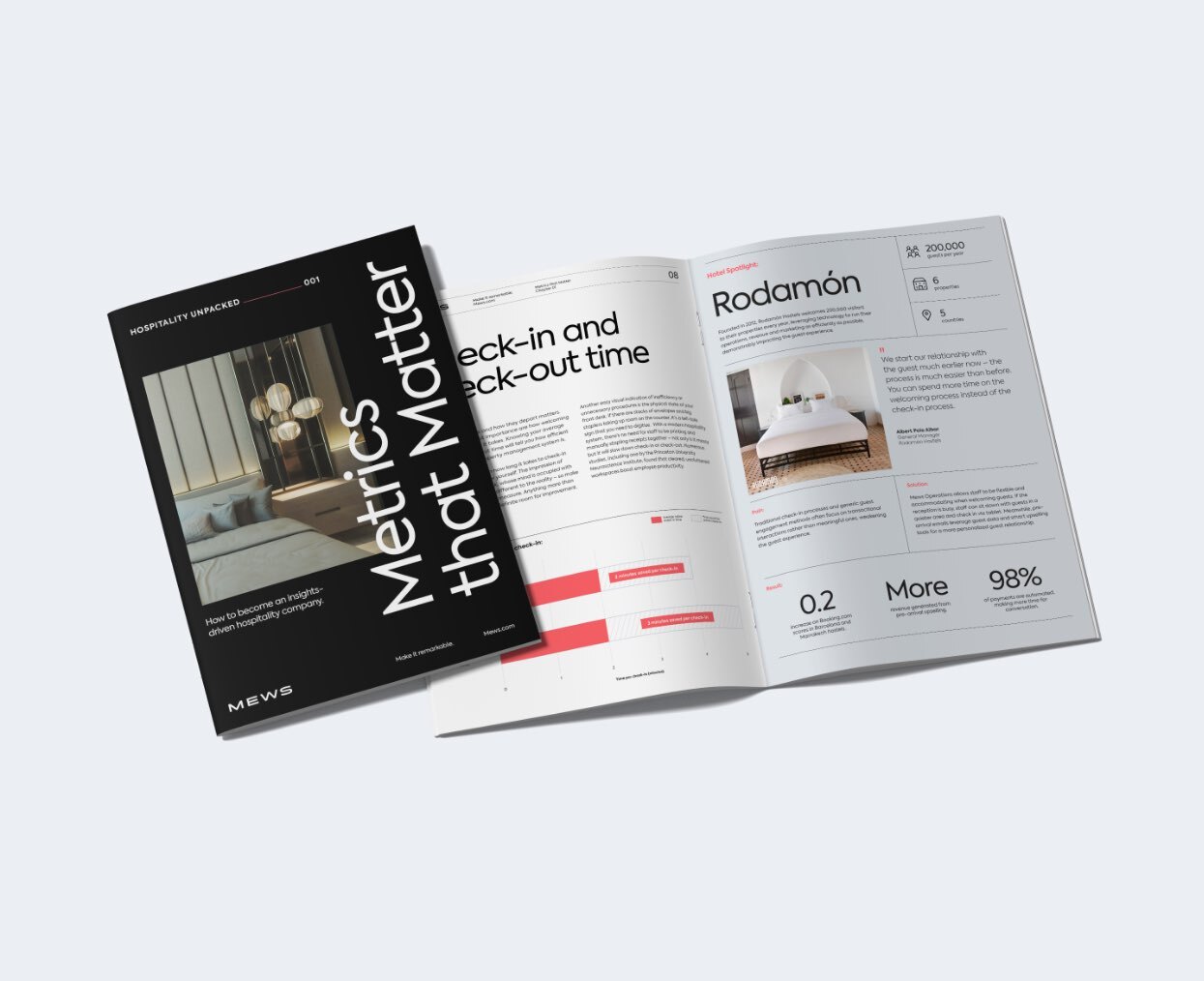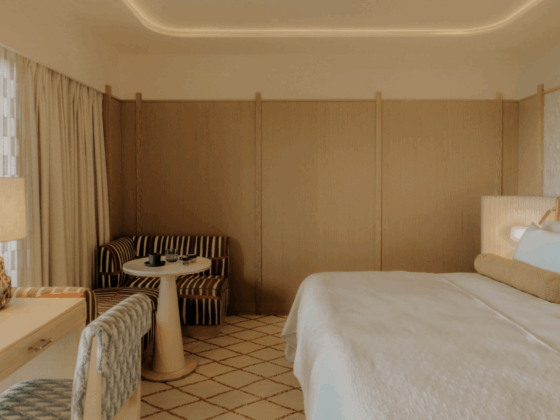What is Average Room Rate (ARR)?
Average Room Rate (ARR) is one of the essential indicators in the hospitality industry, helping you measure the average price paid per room over a set timeframe. To calculate ARR, simply divide your total room revenue by the number of rooms sold:
ARR = Total Room Revenue / Number of Rooms Sold
For example, if a hotel generates $75,000 in room revenue from selling 250 rooms in a month, the ARR would be:
ARR = 75,000 / 250 = 300
In this case, the average room rate would be $300 per night.
Simple, right?

So, why is ARR important for hotels?
ARR plays a key role in helping hoteliers make informed decisions about room rates, occupancy, and inventory management, while also offering valuable insights for revenue planning. Let’s take a closer look at the benefits of using this metric.
Measuring profitability
By calculating ARR, hotels gain a clearer picture of profitability. Balancing ARR with occupancy rates can help hotels maximize revenue from available rooms. Generally, a higher ARR signals stronger revenue potential.
Benchmarking against competitors
ARR is also a great tool for comparing your hotel’s performance with competitors. If your ARR falls below the competition, you might consider adjusting its pricing strategy to stay competitive. This metric also supports smarter targeting by helping you adjust pricing for different segments within your target audience.
Shaping your pricing strategy
ARR insights can guide strategic pricing to optimize revenue during low seasons and match prices with demand. For instance, implementing a dynamic pricing strategy is one way to boost ARR effectively.
Improving forecasts
Historical ARR data allows for better forecasting of future revenues and more precise budgeting. By understanding past ARR trends, hotels can fine-tune operational expenses and develop more effective pricing strategies for the future.
The differences between ARR and other KPIs
Now let’s see how ARR compares to other essential key performance metrics in hospitality.
ARR vs ADR
ARR and ADR (Average Daily Rate) are often used interchangeably since both measure the average revenue earned per occupied room. The main difference? ADR focuses on room revenue per day, while ARR can cover daily, monthly, or even yearly periods, giving you flexibility in tracking performance over different timescales.
There’s also a regional preference: ADR is more widely used in the USA and North America, while ARR is common in Europe, the UK, and Asia. ARR can give a more comprehensive view because it captures room revenue over a broader time period.
ARR vs. Occupancy Rate
Occupancy rate shows the percentage of rooms filled at any given time, while ARR zooms in on the revenue generated per room sold. Simply put, occupancy focuses on demand, while ARR gives insights into pricing.
ARR vs. RevPAR
RevPAR or Revenue per Available Room combines both occupancy and room rates, showing how well your hotel fills rooms at an average rate, whether sold or unsold. ARR, on the other hand, focuses strictly on revenue from rooms that were actually sold, offering a narrower but useful view. RevPAR ultimately gives a broader snapshot of overall performance compared to ARR.

How to optimize your hotel average room rate?
Getting your average room rate (ARR) just right is key. Set it too high, and you risk deterring potential guests; set it too low, and you could hurt both occupancy and profitability. It’s all about finding that sweet spot – which starts with understanding your target market so you can tailor strategies accordingly.
Segmentation
No two guests are created equally which is why it’s important to segment your target audiences, offering different pricing strategies depending on whether they’re business travelers, families, groups, or couples. For instance, business travelers may be less price sensitive, especially if your hotel is located close to a convention center.
Once you’ve established your segments, create packages that suit their needs, like wellness retreats or romantic getaways, bundling services such as airport transfers, breakfast, and dinner. This allows you to add value and charge a higher rate.
Dynamic pricing
You can also use dynamic pricing models to adjust room rates based on demand fluctuations in real time. This also means that during peak season and holidays, you can raise rates, while offering packages and promotions during slower periods. By analyzing booking trends, you can detect periods of high or low demand and adjust prices accordingly.
Length of stay pricing
Length of stay pricing helps drive occupancy by offering better rates for extended stays. For high-demand times or weekends, you can set minimum stay requirements to maintain occupancy and ARR.
Data
Data is essential for ARR optimization, enabling informed decisions based on real-time demand and market shifts. With a PMS that integrates revenue management, you can monitor market trends, booking behaviors, and competitor pricing to fine-tune your rates.
Keep rooms fresh and modern
Updated amenities and modern touches can justify higher rates. Consider adding simple upgrades like new furniture, a pillow menu and luxury toiletries, or in-room tech like smart mirrors. These enhancements increase perceived value, allowing you to optimize ARR.
Optimize your distribution strategy
Encourage guests to book directly by offering special incentives, which cuts down on third-party commissions and boosts revenue. You can also distribute rates across OTAs, GDS, and your website to diversify channels, and leverage metasearch engines like Google and TripAdvisor to drive direct bookings.
Conclusion
The Average Room Rate is a powerful metric that helps you shape your pricing strategy, predict guest spending, and assess profitability. We’ve covered what ARR is, why it matters, how it compares to other metrics, and practical ways to optimize it. With these insights, you’ll be well-positioned to drive profitability and positively influence your hotel’s bottom line.
Download our guide The Metrics that Matter









